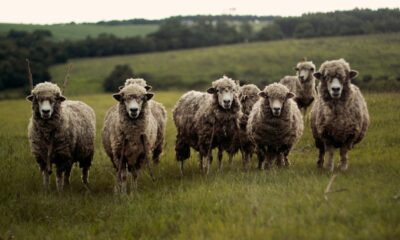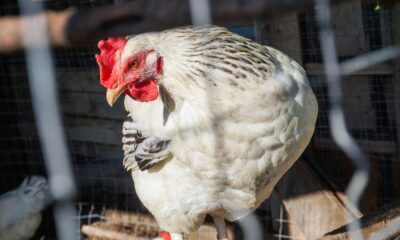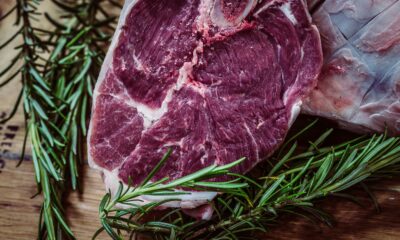Introduction to Raising Meat Ducks Raising ducks for meat can be a rewarding endeavor, providing succulent and flavorful meat for your table. Unlike chicken or turkey, duck meat offers a unique taste and texture that appeals to many culinary enthusiasts. In this guide, we’ll explore the essential steps and considerations for successfully raising meat ducks. Why Choose Ducks for Meat? Ducks are known for their rich and flavorful meat, which is prized by chefs and food lovers alike. Their meat is tender, juicy, and versatile, making it an excellent choice for a wide range of dishes. Selecting the Right Duck Breed Not all duck breeds are suitable for meat production. Some breeds are better known for their egg-laying abilities, while others are bred specifically for meat. When choosing a breed for meat production, consider factors such as growth rate, feed efficiency, and overall meat quality. Popular Meat Duck Breeds Pekin ducks Muscovy ducks Khaki Campbell ducks Creating a Suitable Environment for Meat Ducks Ducks require a clean and comfortable environment to thrive and grow. Whether you’re raising ducks on a small backyard farm or a larger commercial operation, providing adequate housing, water, and space is essential for their well-being. Housing and Shelter Water Management Space Requirements Feeding and Nutrition for Meat Ducks A balanced diet is crucial for the health and growth of meat ducks. Proper nutrition ensures that ducks reach their full potential in terms of size and meat quality. Commercial Feed Options Supplementation with Fresh Greens Protein Requirements Health and Disease Management Maintaining the health of your duck flock is vital for successful meat production. Preventing diseases and managing common health issues will help ensure the well-being of your ducks and the quality of their meat. Vaccination Protocols Parasite Control Common Health Issues Breeding and Reproduction Breeding ducks for meat production allows you to maintain a sustainable flock and potentially improve meat quality over time. Understanding the basics of duck breeding and reproduction is essential for a successful meat duck operation. Natural Breeding vs. Artificial Insemination Incubation and Hatching Culling and Selection Butchering and Processing Ducks for Meat Properly processing ducks is critical for ensuring food safety and quality. Whether you’re processing ducks for personal consumption or commercial sale, following best practices for butchering and processing is essential. Humane Slaughter Practices Carcass Preparation Packaging and Storage Marketing Your Duck Meat Once you’ve raised your ducks and processed their meat, it’s time to market your products to consumers. Effective marketing strategies can help you reach your target audience and build a successful meat duck business. Branding and Packaging Local Markets vs. Online Sales Building Customer Relationships Sustainability and Ethical Considerations As with any form of animal agriculture, raising ducks for meat raises important ethical and environmental considerations. Implementing sustainable practices and prioritizing animal welfare are crucial for ethical meat production. Pasture-Based Farming Renewable Energy Solutions Ethical Slaughter Practices Conclusion Raising meat ducks can be a fulfilling and profitable venture for farmers and homesteaders alike. By following the steps outlined in this guide, you can raise healthy, delicious ducks while also promoting sustainability and ethical farming practices

 ENTERTAINMENT8 months ago
ENTERTAINMENT8 months ago
 ENTERTAINMENT1 month ago
ENTERTAINMENT1 month ago
 Livestock1 year ago
Livestock1 year ago
 Poultry1 year ago
Poultry1 year ago
 Livestock1 year ago
Livestock1 year ago
 Poultry1 year ago
Poultry1 year ago
 Livestock1 year ago
Livestock1 year ago
 Poultry1 year ago
Poultry1 year ago